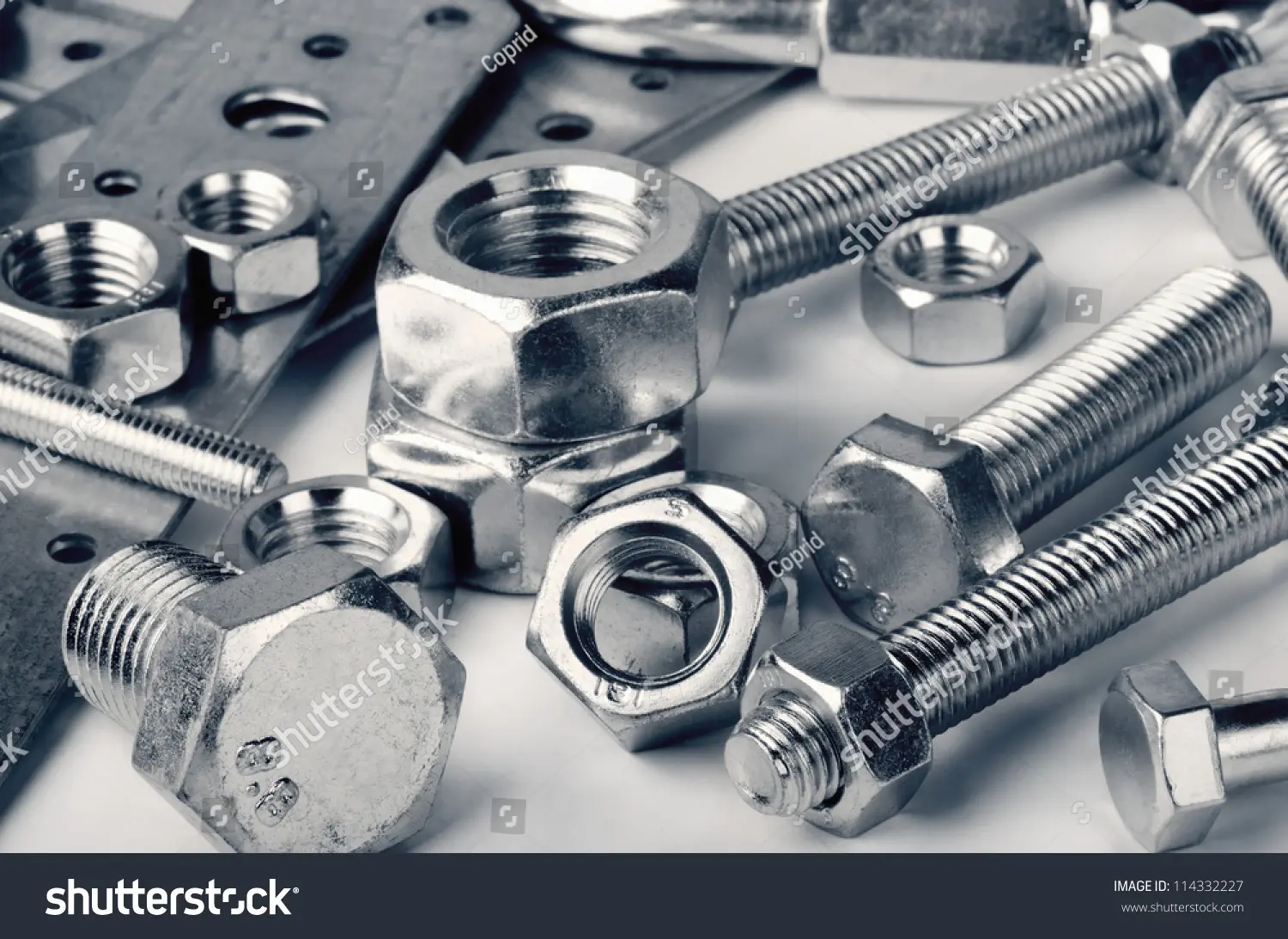Befestigung
The industrial segment dedicated to fasteners is responsible for the production of essential mechanical elements designed for the secure joinder or attachment of multiple discrete components. This encompasses a diverse range of products, including but not limited to bolts, nuts, screws, rivets, washers, and bespoke threaded articles. These components are integral to a multitude of sectors, notably automotive, aerospace, construction, heavy machinery, and electronics. Fasteners are conventionally fabricated from materials such as carbon steel, stainless steel, various alloy steels, or non conductive metal alloys, and are engineered to adhere to exacting specifications for performance and longevity.
Achieving extreme precision, requisite mechanical strength, inherent corrosion resistance, and consistent heat treatment characteristics is paramount. This is particularly critical for applications involving high mechanical loads or those designated as safety-critical.

How Induction Heating Supports Fastener Manufacturing
Induction heating is a valuable tool in fastener production due to its speed, precision, and ability to integrate with automated lines. It provides controlled heating for forming, hardening, and coating processes, helping ensure consistent performance and throughput.
Common Induction Heating Applications in the Fastener Industry
- Used to increase surface hardness and wear resistance
- Parts:
- Bolts
- Pins
- Threaded rods
- Benefits:
- Enhances fatigue resistance and load-bearing capacity
- Precisely controlled case depth
- Minimal distortion, ideal for threaded parts
- Applied after hardening or forming
- Purpose: Reduce internal stresses and brittleness
- Benefits:
- Increases toughness and reliability
- Improves resistance to cracking under torque
- Used before heading or extrusionof fasteners
- Parts:
- Large bolts
- Specialty fasteners
- Benefits:
- Uniform heating improves material flow and die life
- Faster cycle times than traditional furnaces
- Used to soften metal after cold working
- Parts:
- Wire or rod stock before forming
- Cold-formed fasteners needing secondary shaping
- Benefits:
- Improves ductility
- Relieves work hardening effects
- Processes: Preheating for zinc coating, galvanizing, or polymer coatings
- Benefits:
- Fast, consistent heat application
- Supports clean adhesion with minimal oxidation
Benefits of Induction Heating in Wire & Cable Production
- High throughput: Matches fast-paced production needs
- Repeatability: Ensures consistent hardness and mechanical properties
- Compact systems: Saves space compared to conventional furnaces
- Environmentally friendly: No emissions or open flame
- Easily automated: Supports inline quality control and robotics
- Tooling Cost Savings: Reduces wear and tear on die tooling.